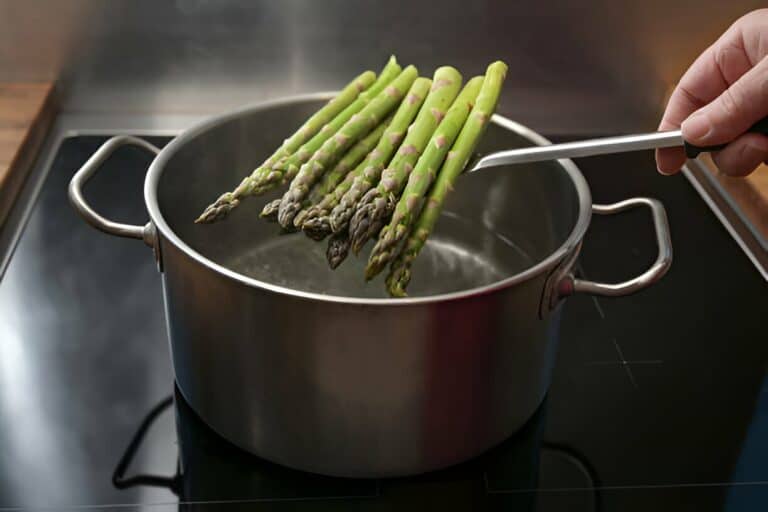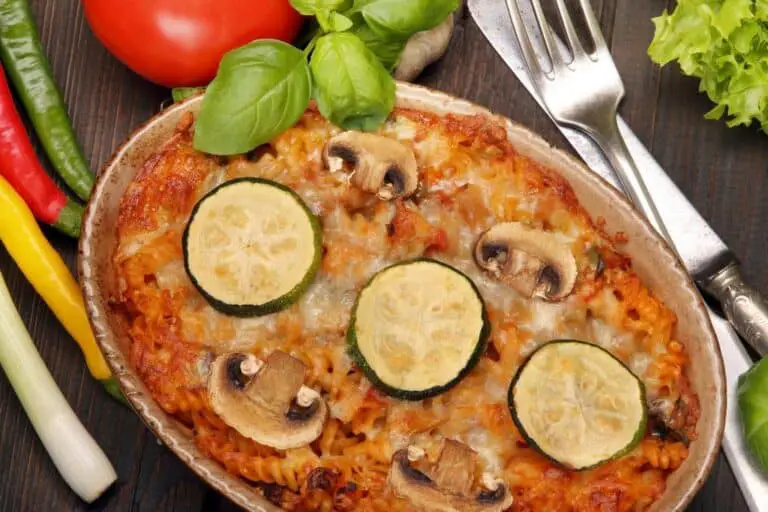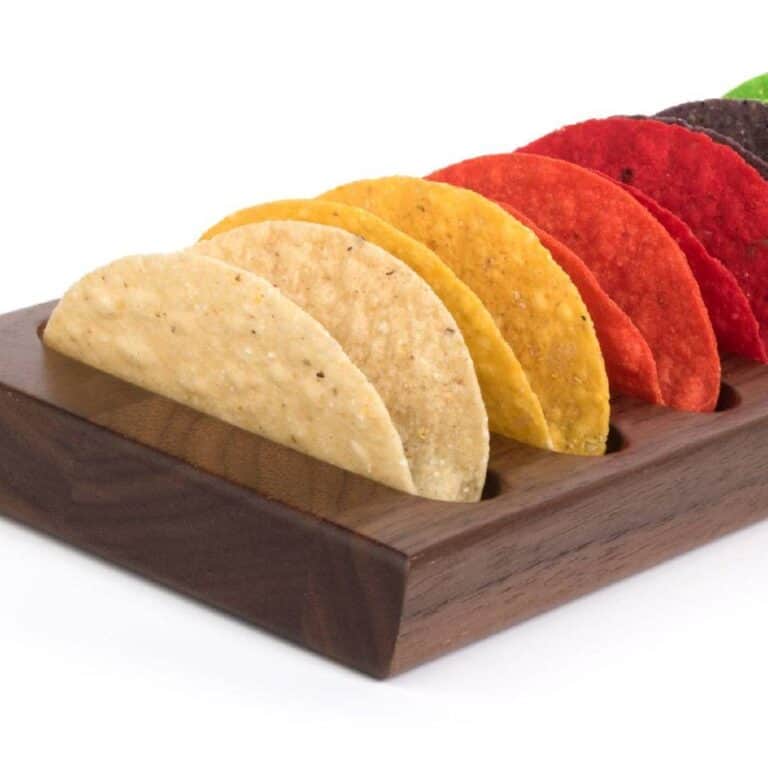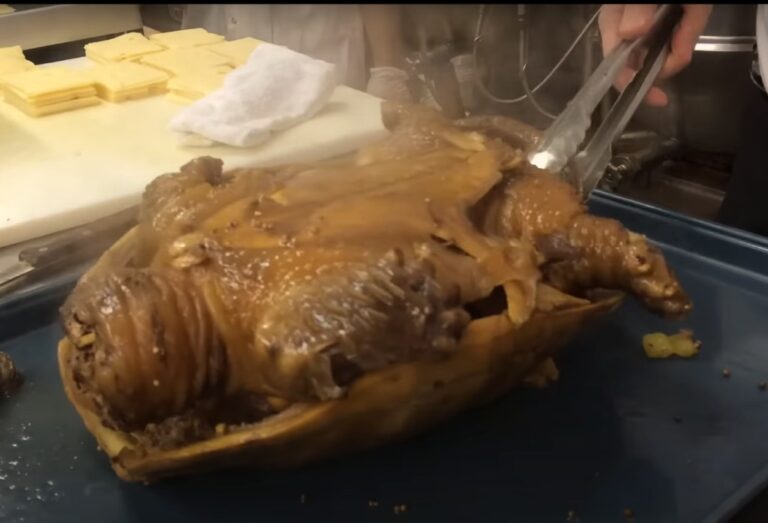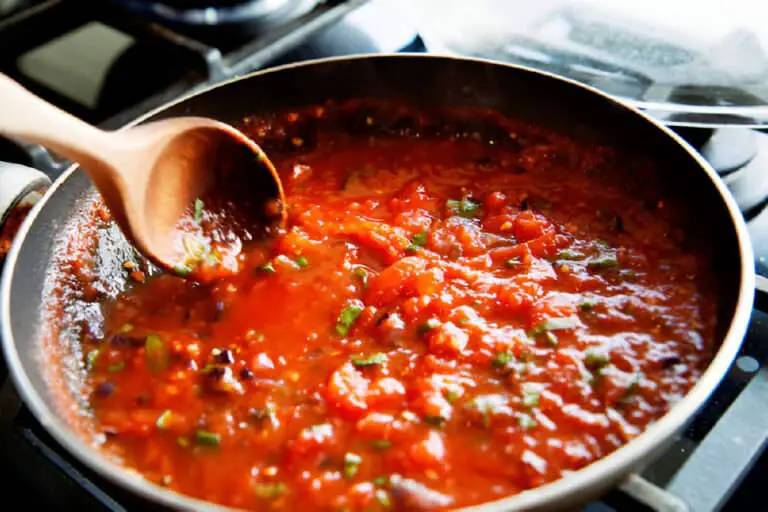Do You Have to Peel Asparagus Before Cooking It? Does It Make Tender?
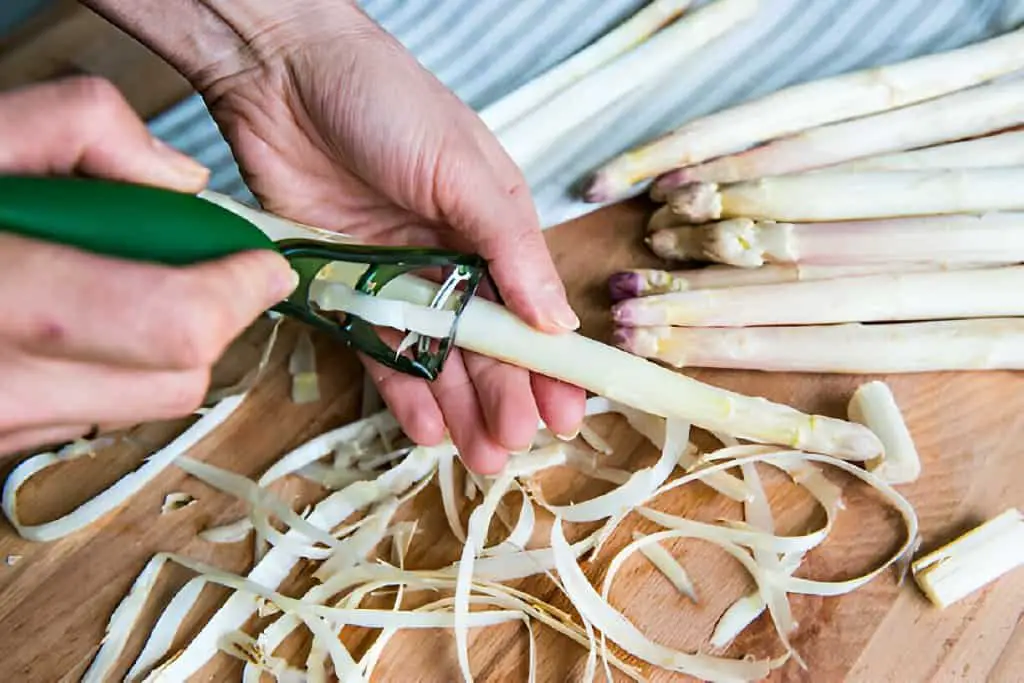
Have you ever wondered if you should peel asparagus before cooking it? Does removing the outer layer really make a difference in its tenderness and flavor?
Many people find it hard to decide what to do with asparagus because of its delicate taste and health benefits. Understanding if peeling changes the texture is key. Knowing how it affects cooking can elevate your dishes.
In this article, we explore the age-old question of peeling asparagus. We uncover the secrets to getting perfectly tender spears every time. Are you a chef or a home cook? Read on to learn the benefits of this practice and how it can improve your asparagus dishes.
Understanding Asparagus Anatomy
Before we dive into the peeling debate, it’s essential to understand the anatomy of asparagus. Asparagus spears consist of several parts:
- Tip: the tender, bud-like tip at the end of the spear.
- Stem:thee long, fibrous portion of the spear.
- Base: the tough, woody end that needs trimming before cooking.
The tenderness of asparagus primarily depends on its freshness and how it’s cooked, rather than whether it’s peeled. However, peeling can affect the texture and appearance of the cooked asparagus.
To Peel or Not to Peel Asparagus Before Cooking?
Contrary to some beliefs, peeling asparagus isn’t necessary for tenderness. I mentioned it before. The tenderness of asparagus spears depends mainly on their freshness and how they are cooked. Fresh asparagus, when cooked properly, retains its tender texture regardless of whether it’s peeled.
But sometimes, when it is thick, asparagus needs to be peeled. Especially if the bottom part of the stalk is significantly thicker than the top. This is because the thick parts of the stalk can be tough and less tender. Peeling helps to remove these parts, making the asparagus more even and tender.
Additionally, peeling can also help to remove any woody or fibrous parts that may not be palatable. For thinner stalks, such as green asparagus, peeling asparagus is generally not necessary, as the skin is tender and edible
The larger the asparagus, the tougher the peel, and the more likely it is to need peeling. I usually peel the stalks if the asparagus is 1/2-inch in diameter or larger. Large asparagus stalks tend to be much thicker at the bottom than at the top, so peeling makes them more uniform, and they will cook more evenly.
Does Peeling Asparagus Make It Tender?
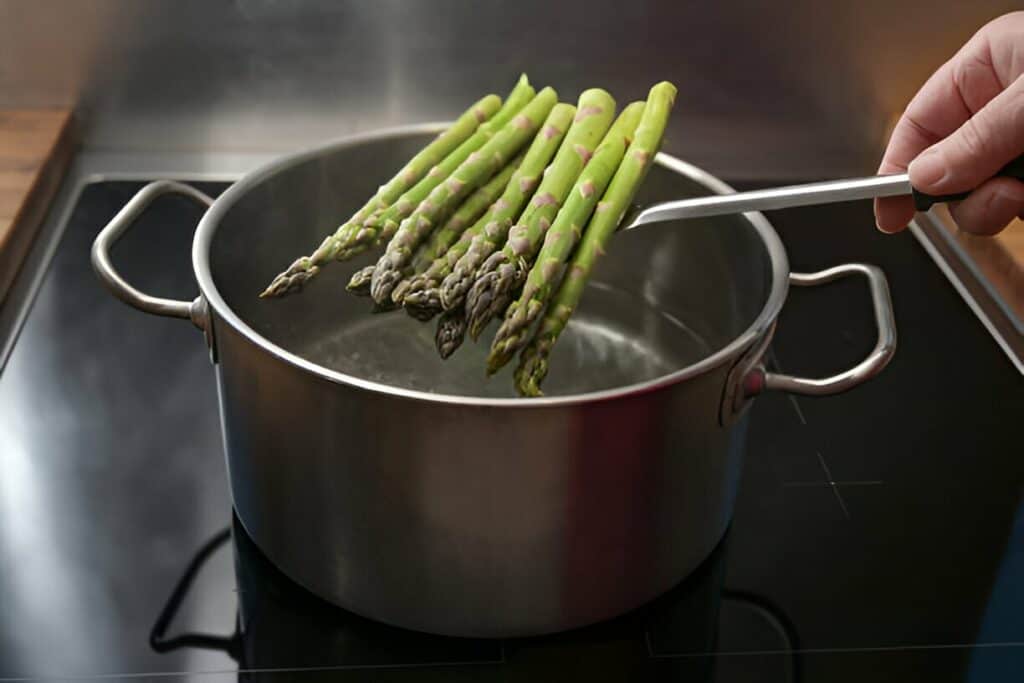
Peeling asparagus can indeed make it more tender, especially the thicker spears. The outer layer of asparagus can sometimes be tough and fibrous, which can affect the overall texture of the vegetable when cooked. Peel the outer layer to remove its tough exterior. This lets the asparagus cook evenly and become tender.
While peeling asparagus can help make it more tender, it’s not always necessary, especially for thinner spears. Thinner asparagus tends to have a more tender skin, so peeling may not make much of a difference in texture. Ultimately, whether you peel your asparagus or not depends on personal preference and the specific recipe you’re using.
The Peeling Process
To peel asparagus, simply use a vegetable peeler to remove the outer layer, starting from just below the tip down to the end of the spear. You don’t need to peel the entire spear; just focus on the lower portion, where the skin is tougher. Once peeled, you can cook the asparagus using your preferred method, whether it’s steaming, roasting, or sautéing.
If you decide to peel asparagus for aesthetic reasons or personal preference, here’s how to do it effectively:
- Tools: Use a vegetable peeler designed for delicate vegetables.
- Technique: Gently peel from just below the tip to the base, removing any tough outer layer. Repeat for each spear.
- Caution: Avoid excessive peeling, as it can lead to unnecessary waste and remove edible portions.
Cooking Methods and Their Effects
Different cooking methods for asparagus can influence the texture of asparagus:
- Steaming: Steaming keeps asparagus tender. It doesn’t make it mushy. It’s a preferred method to retain nutrients and flavor.
- Grilling: Grilling asparagus adds a smoky flavor and slightly caramelizes the outer layer. Peeling isn’t necessary for grilling, as the direct heat can soften the spears evenly.
- Roasting: Roasting asparagus at high heat can concentrate its flavors and slightly crisp the outer layer. Peeling is optional and usually not required for roasting.
- Sautéing: Quickly sautéing asparagus in a pan with butter or olive oil can enhance its flavor while maintaining its tender texture. Peeling is unnecessary in this method as well.
| Read: Do You Eat the Top of Asparagus? |
Visual Appeal and Presentation
Peeling doesn’t make asparagus much less tender. But, it can make it look better, especially in fancy settings. Peeled asparagus spears may look more refined and even. They are ideal for certain culinary presentations.
Conclusion
In conclusion, whether you peel asparagus before cooking depends largely on personal preference and the desired presentation. From a cooking standpoint, peeling isn’t needed for tenderness. Instead, freshness and cooking method are crucial for tender asparagus.


